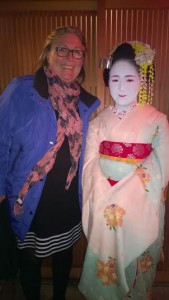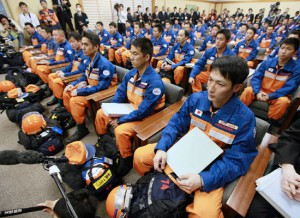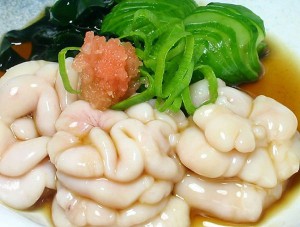In the classroom students and teachers can neither be equals nor friends. The relationship is infinitely more complex than that. However, with fragile adolescent lives suddenly being ruled by hormones, homework, and insecurities, any physical gesture can be used as a tool of manipulation and misinterpretation. Their hands should not be shaken.
Just as corporal punishment has been banished from schools, I seriously think that handshaking should also be stopped. I taught for decades in high schools in the canton of Geneva and never shook my students’ hands. Neither did my colleagues as far I know. Any act that can be construed as personally judgemental, sexual, political or religious has no place in the classroom. A handshake can be all of these things.
At its best, a jolly good handshake is a formal exchange of good faith and possible friendship. However, the germs of social hypocrisy are well-embedded. I’m always impressed by two football teams lined up on the pitch to shake the opposing team’s hands before they begin kicking, tripping, and head-butting the crap out of each other.
Handshakes are also bursting with real germs and bacteria. Both the high five and the fist bump have been medically proposed as replacement activities (especially when there are pandemics about) as most people do not wash their hands as often as they should.
 Here in Switzerland doctors always shake your hand as their first medical gesture. Strength, grip, temperature, perspiration are all indicators of the patient’s health in both body and mind. A handshake sends complex social and chemical signals that a busy-body doctor can pick up on. (Tip: I always sit on my hands in the doctor’s waiting room making sure they are warm and dry which indicates perfect physical and mental health.)
Here in Switzerland doctors always shake your hand as their first medical gesture. Strength, grip, temperature, perspiration are all indicators of the patient’s health in both body and mind. A handshake sends complex social and chemical signals that a busy-body doctor can pick up on. (Tip: I always sit on my hands in the doctor’s waiting room making sure they are warm and dry which indicates perfect physical and mental health.)
In the social context of the educational world, physical contact is not entirely absent, of course. Sporting events, funerals, and graduation ceremonies come to mind. However, this usually involves the more complicated Swiss bise (the kiss not the wind) rather than a handshake.
So I don’t know if the two teenage brothers from a Swiss German town who have refused to shake their (female) teacher’s hand are dangerous Muslim fundamentalists or not. However, I do know that in this country where minarets have been prohibited and crucifixes removed from schoolroom walls these two adolescents have brilliantly poked at the soft underbelly of an unnecessary, totally arbitrary, and potentially divisive institutional practice.
Namaste!








